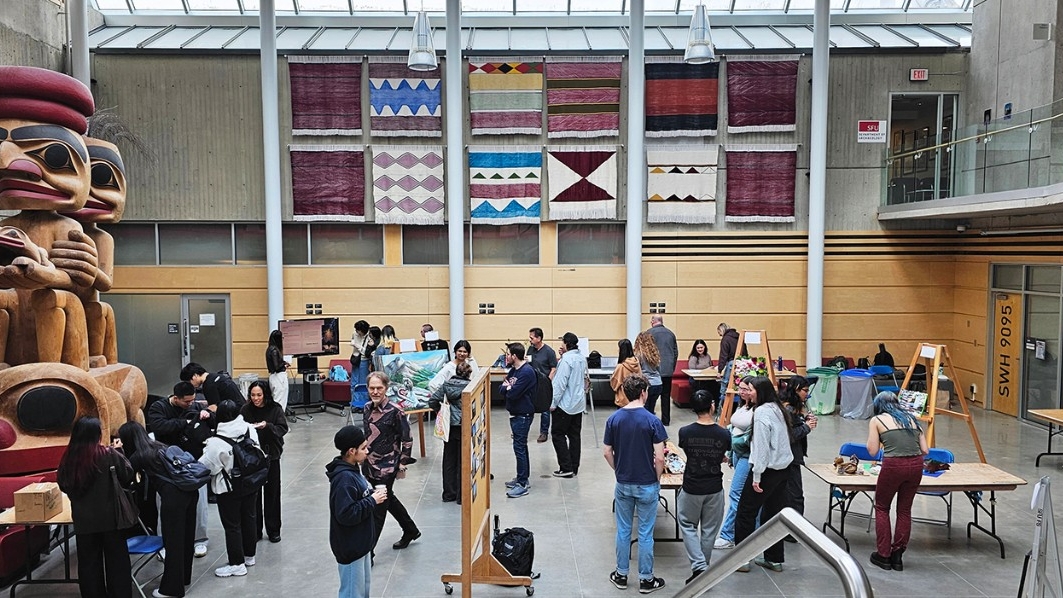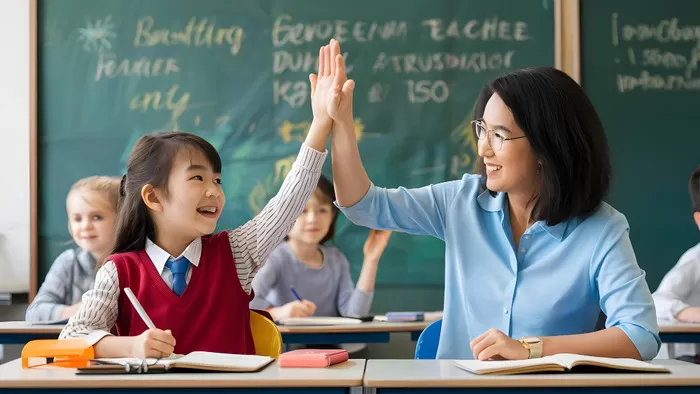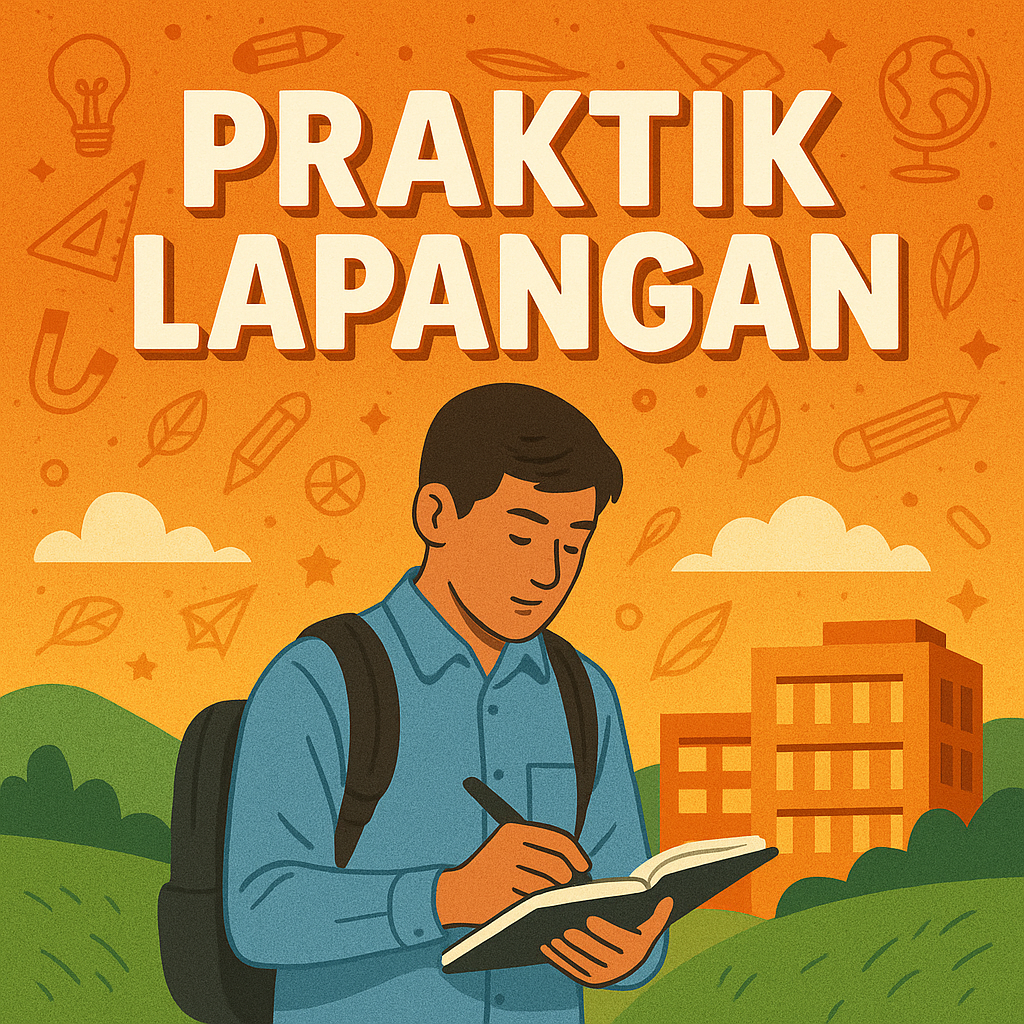
JAKARTA, inca.ac.id – In the realm of higher education, the concept of artistic exploration has gained significant traction as a vital component of a well-rounded university experience. As students navigate their academic journeys, they often find themselves at the intersection of discipline and creativity, where the exploration of diverse artistic mediums can lead to profound personal and intellectual growth. This article delves into the various dimensions of artistic exploration within university settings, highlighting its importance in fostering creativity, enhancing critical thinking, and promoting a deeper understanding of oneself and the world.
The Importance of Artistic Exploration

1. Fostering Creativity
Artistic exploration is inherently linked to the cultivation of creativity. Engaging with different artistic mediums—be it painting, sculpture, music, theater, or digital arts—encourages students to think outside the box and embrace innovative approaches to problem-solving. This creative mindset is not only beneficial within the arts but also translates to other disciplines, enhancing students’ ability to approach challenges with fresh perspectives.
Example: Interdisciplinary Projects
Many universities promote interdisciplinary projects that combine art with science, technology, and humanities. For instance, a project where students create visual art to represent scientific data can lead to unique interpretations that enhance understanding and retention of complex concepts. Such collaborations not only enrich the learning experience but also demonstrate the interconnectedness of various fields.
2. Enhancing Critical Thinking
Artistic exploration encourages critical thinking by challenging students to analyze, interpret, and critique their own work as well as the work of others. This process involves reflection and self-assessment, which are crucial skills in both academic and professional settings. By engaging in artistic critique, students learn to articulate their thoughts clearly and constructively, fostering a culture of open dialogue and continuous improvement.
Example: Art Critique Sessions
In art classes, critique sessions provide a platform for students to present their work and receive feedback from peers and instructors. This practice not only sharpens their analytical skills but also teaches them to appreciate diverse viewpoints. The ability to evaluate and respond to feedback is essential in any field, making artistic exploration a valuable component of a comprehensive education.
3. Personal Growth and Self-Expression
Artistic exploration serves as a powerful vehicle for self-discovery and personal growth. For many students, engaging with art allows them to express their emotions, thoughts, and experiences in ways that words may fail to capture. This form of self-expression can be therapeutic, providing an outlet for stress and anxiety that often accompanies university life.
Example: Art Therapy Programs
Some universities offer art therapy programs that encourage students to explore their feelings through creative means. These programs can be particularly beneficial for students dealing with mental health challenges, providing a safe space for exploration and healing. The act of creating art can foster resilience, self-awareness, and emotional intelligence—skills that are invaluable in both personal and professional contexts.
Diverse Mediums of Artistic Exploration
1. Visual Arts
The visual arts encompass a wide range of mediums, including painting, drawing, sculpture, and photography. Each medium offers unique opportunities for exploration and expression, allowing students to experiment with different techniques and styles.
Example: Mixed Media Projects
Mixed media projects, which combine various materials and techniques, encourage students to push the boundaries of traditional art forms. By integrating elements such as collage, digital prints, and found objects, students can create rich, textured works that reflect their individual perspectives and experiences. This approach not only fosters creativity but also encourages innovation and experimentation.
2. Performing Arts
The performing arts, including theater, dance, and music, provide dynamic avenues for artistic exploration. These mediums emphasize collaboration and communication, as students often work together to create performances that convey powerful messages and emotions.
Example: Collaborative Theater Productions
University theater departments frequently produce collaborative productions that involve students from various disciplines, including acting, design, and technical production. These projects require effective teamwork and communication, helping students develop essential skills while exploring their artistic talents. The experience of bringing a production to life fosters a sense of community and shared purpose among participants.
3. Digital Arts
In an increasingly digital world, the exploration of digital arts has become essential. This medium encompasses graphic design, animation, video production, and interactive media, allowing students to engage with technology in creative ways.
Example: Digital Storytelling
Digital storytelling projects invite students to combine visual, auditory, and narrative elements to create compelling stories. By utilizing software tools and platforms, students can express their ideas through multimedia presentations that resonate with contemporary audiences. This form of artistic exploration not only enhances technical skills but also encourages students to think critically about the narratives they wish to convey.
The Role of Faculty and Institutions
1. Supportive Environments
For artistic exploration to thrive, universities must cultivate supportive environments that encourage experimentation and risk-taking. Faculty play a crucial role in this process by providing guidance, resources, and constructive feedback.
Example: Mentorship Programs
Mentorship programs that pair students with experienced faculty or industry professionals can significantly enhance the artistic exploration process. These relationships provide students with valuable insights, encouragement, and networking opportunities, helping them navigate their creative journeys with confidence.
2. Access to Resources
Access to resources, including studios, equipment, and materials, is essential for fostering artistic exploration. Universities should invest in facilities that support various artistic disciplines, ensuring that students have the tools they need to experiment and create.
Example: Collaborative Spaces
Creating collaborative spaces where students from different disciplines can work together fosters an atmosphere of creativity and innovation. These spaces encourage cross-pollination of ideas, allowing students to learn from one another and explore new artistic avenues.
Overcoming Challenges in Artistic Exploration
1. Time Constraints
One of the primary challenges students face in pursuing artistic exploration is time constraints. Balancing academic responsibilities with creative endeavors can be daunting, leading some students to prioritize their coursework over artistic pursuits.
Solution: Integrating Art into Academics
Universities can help mitigate this challenge by integrating artistic exploration into academic curricula. By incorporating creative projects into coursework, students can engage with art without sacrificing their academic goals. This approach not only enriches their learning experience but also emphasizes the importance of creativity in all fields of study.
2. Fear of Judgment
Many students may hesitate to engage in artistic exploration due to fear of judgment or criticism. This fear can stifle creativity and prevent individuals from fully expressing themselves.
Solution: Creating Safe Spaces
Establishing safe spaces for artistic exploration, where students can share their work without fear of criticism, is essential. Workshops, informal gatherings, and peer support groups can provide the encouragement students need to take risks and experiment with their creativity.
The Impact of Artistic Exploration on Future Careers
1. Transferable Skills
Engaging in artistic exploration equips students with a range of transferable skills that are highly valued in the workforce. These skills include creativity, critical thinking, collaboration, and effective communication, all of which are essential in today’s dynamic job market.
Example: Employers Seeking Creative Thinkers
Employers increasingly seek candidates who can think creatively and approach problems from different angles. Students who engage in artistic exploration are well-positioned to meet these demands, making them competitive in various fields.
2. Building a Portfolio
For students pursuing careers in the arts, building a portfolio of work is essential. Artistic exploration provides opportunities to create diverse pieces that showcase their skills and unique perspectives.
Example: Showcasing Talent
Universities often host exhibitions, performances, and showcases that allow students to present their work to the campus community and beyond. These events not only highlight student talent but also provide invaluable networking opportunities and exposure to potential employers.
Conclusion
Artistic exploration within university settings is a powerful catalyst for creativity, critical thinking, and personal growth. By engaging with diverse artistic mediums, students can unlock their potential, develop essential skills, and gain a deeper understanding of themselves and the world around them.
As universities continue to embrace the importance of artistic exploration, they must prioritize supportive environments, access to resources, and opportunities for collaboration. By doing so, they can empower students to embark on transformative creative journeys that will not only enrich their academic experiences but also prepare them for success in their future careers.
In the end, artistic exploration is not merely an extracurricular activity; it is a fundamental aspect of a holistic education that nurtures the mind, body, and spirit. By fostering a culture of creativity and innovation, universities can unleash the full potential of their students, equipping them to thrive in an ever-evolving world.
Improve Your Abilities: Explore Our content on Knowledge
Take a Look at Our Latest Article on Exploring Excellence!
#artistic exploration #creativity #mediums #student tips #university
Related Posts
 Lecturers: Expert Educators Delivering Academic Instruction and Guidance – Why Their Role is More Than You Think
Lecturers: Expert Educators Delivering Academic Instruction and Guidance – Why Their Role is More Than You Think
 Pendidikan Moral: Fondasi Karakter dan Etika Generasi Masa Depan
Pendidikan Moral: Fondasi Karakter dan Etika Generasi Masa Depan
 Praktik Lapangan — Pilar Pembelajaran Konkret dan Terarah!
Praktik Lapangan — Pilar Pembelajaran Konkret dan Terarah!
 Krisis Kepercayaan Publik tantangan sosial di era modern
Krisis Kepercayaan Publik tantangan sosial di era modern



